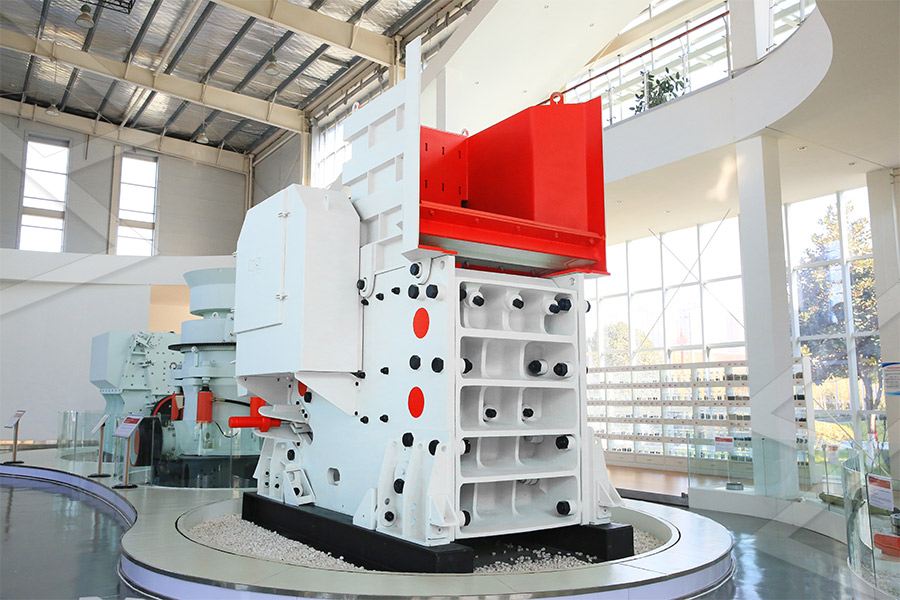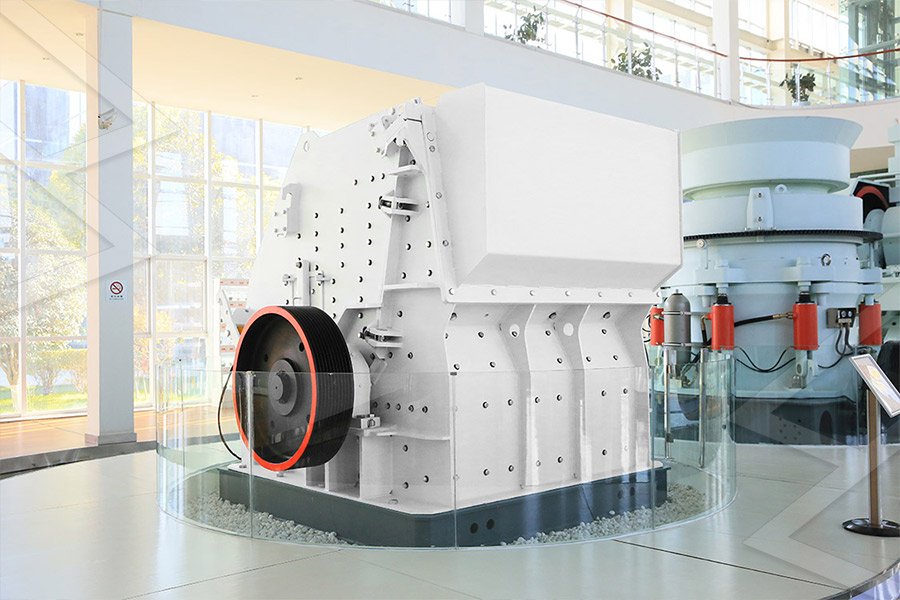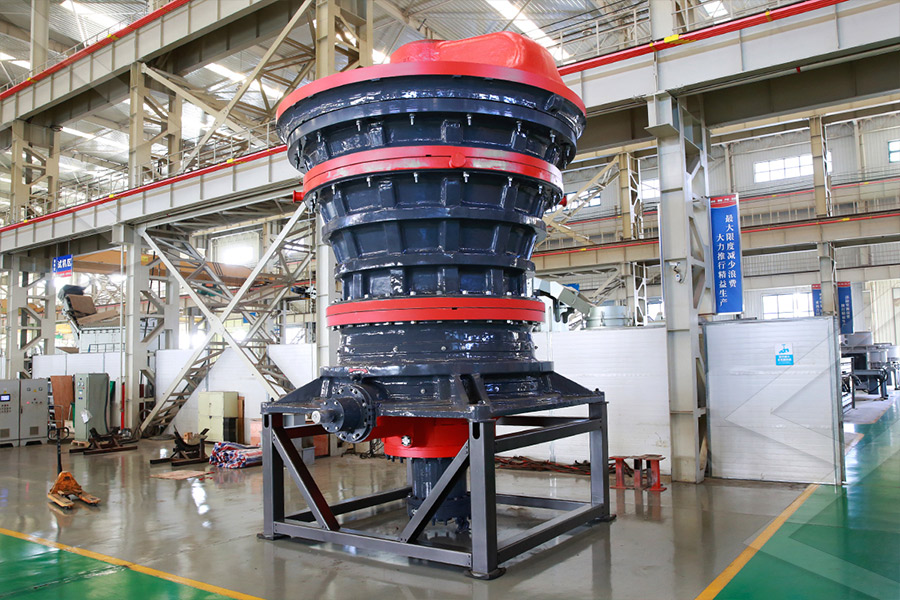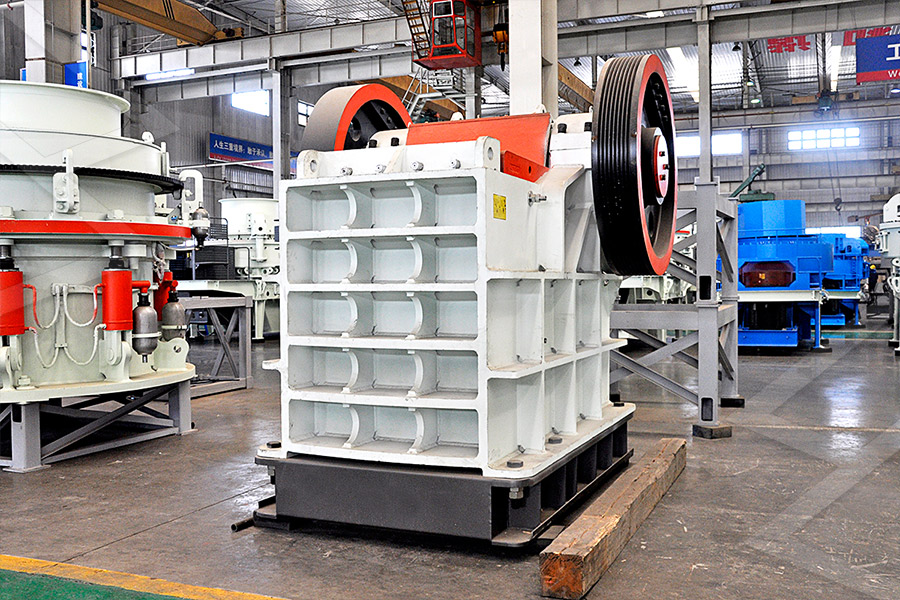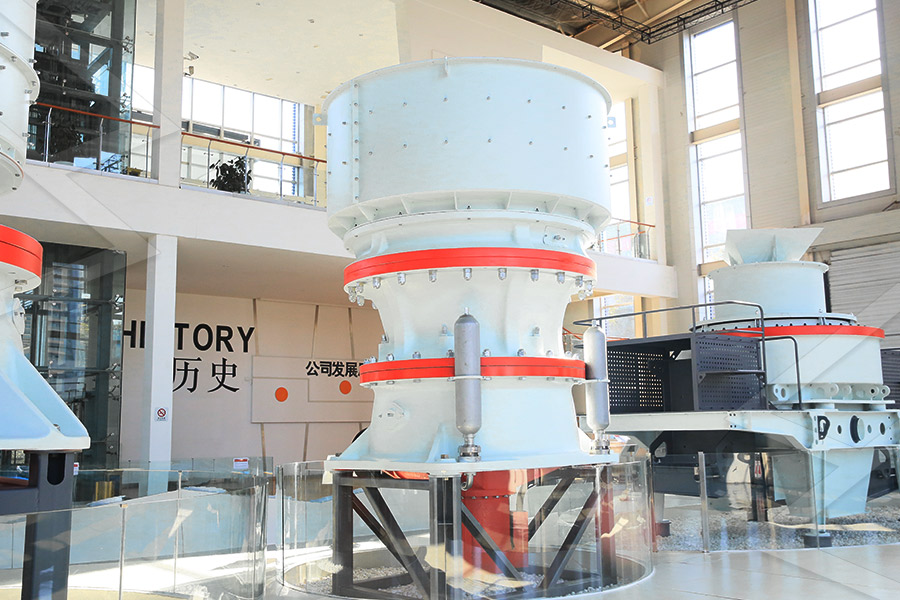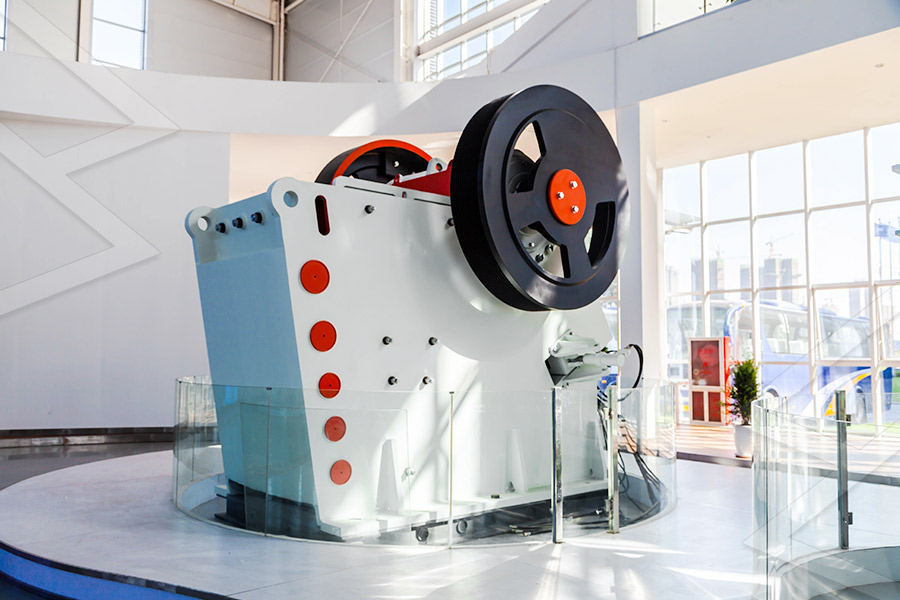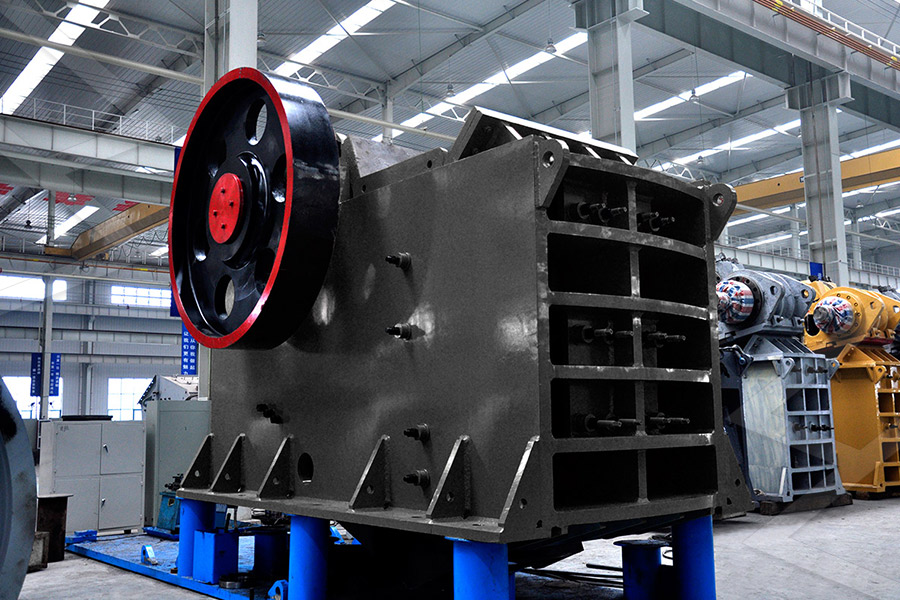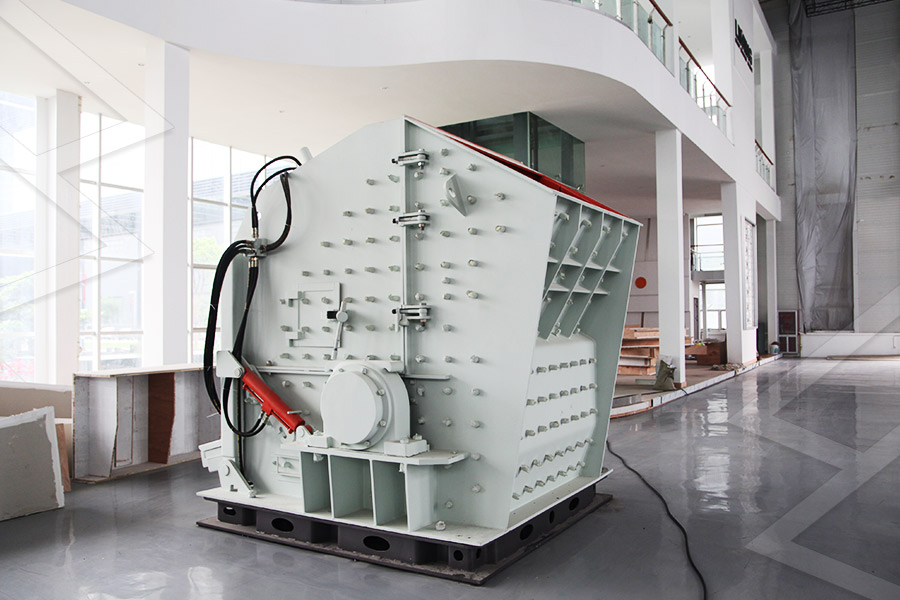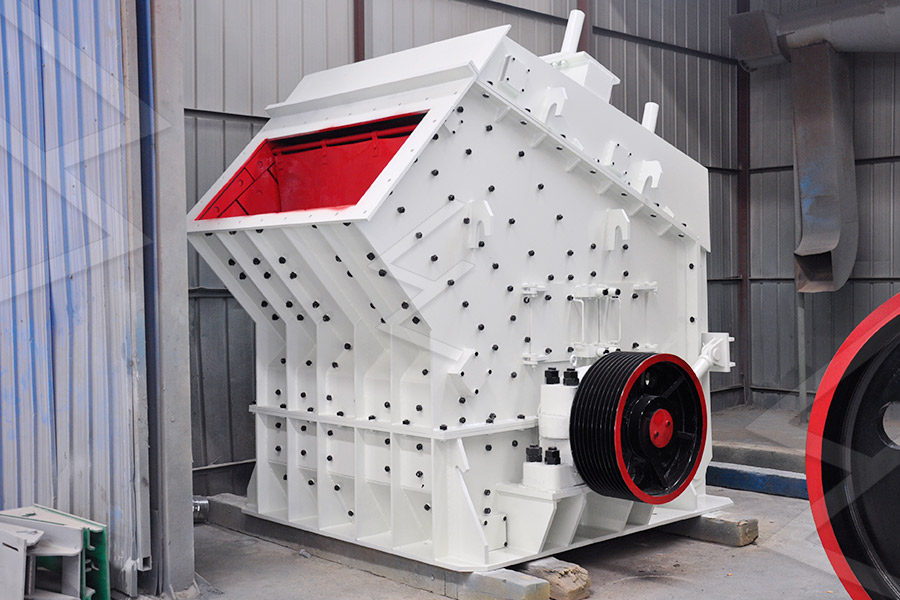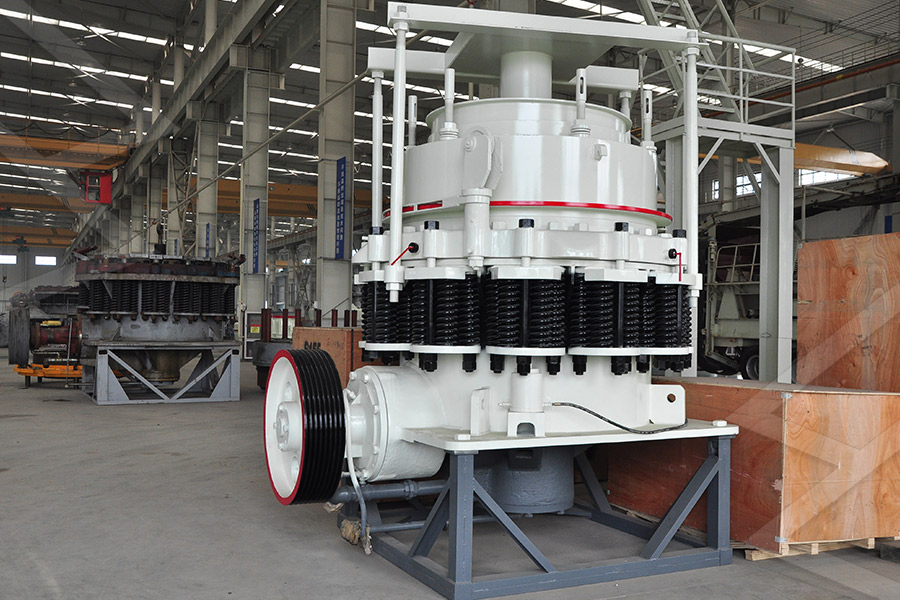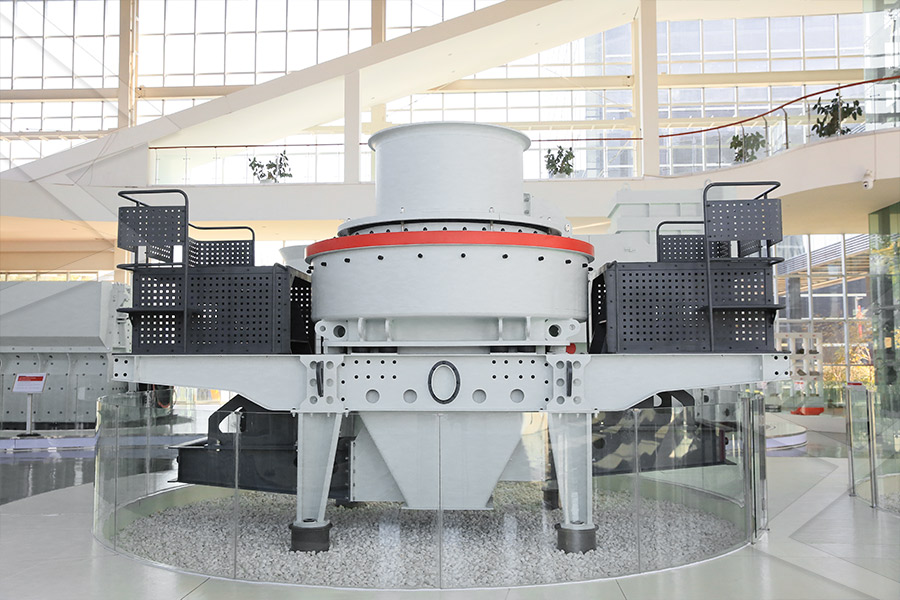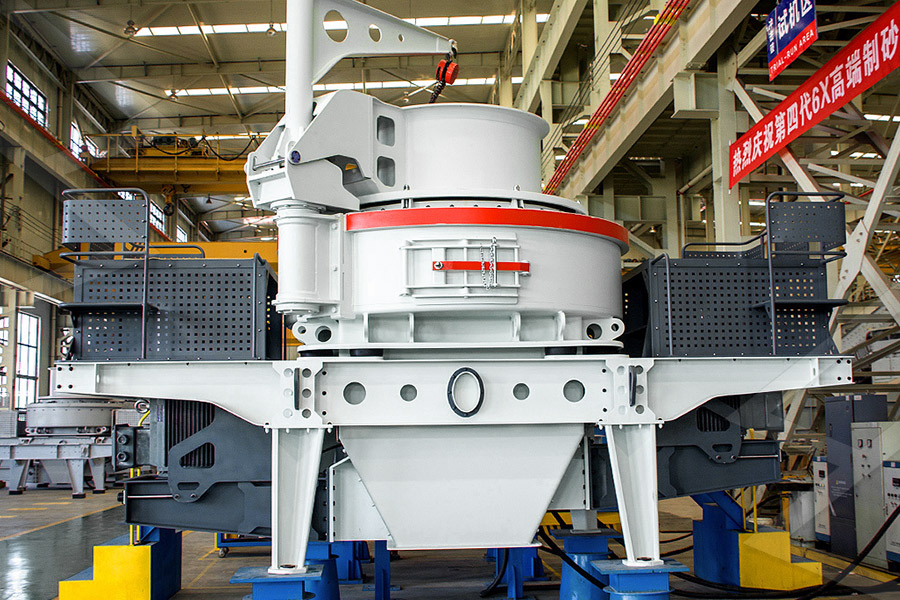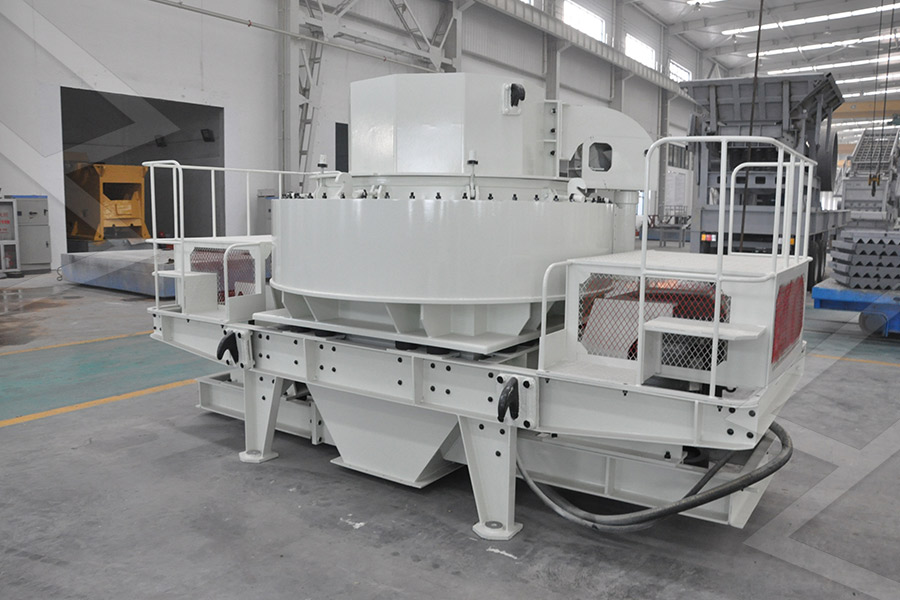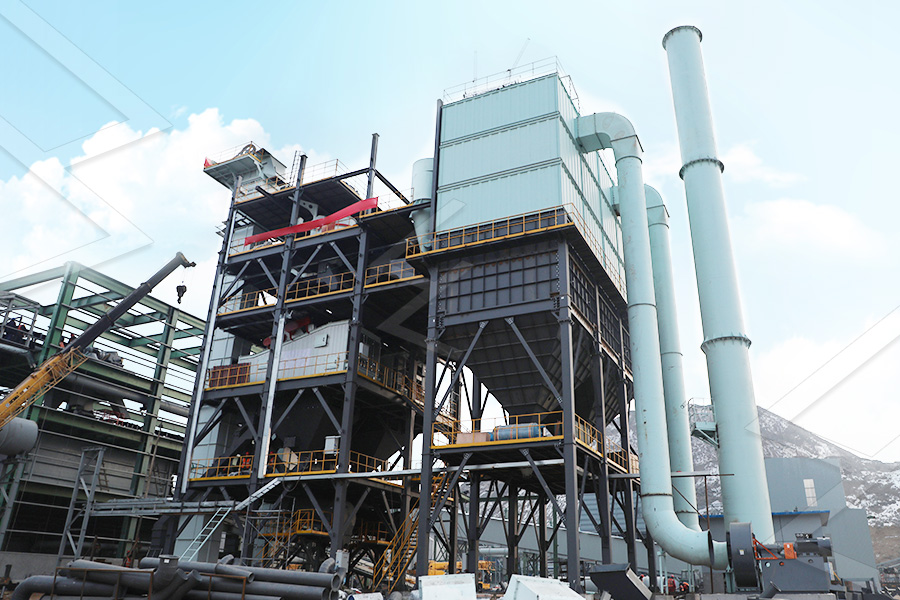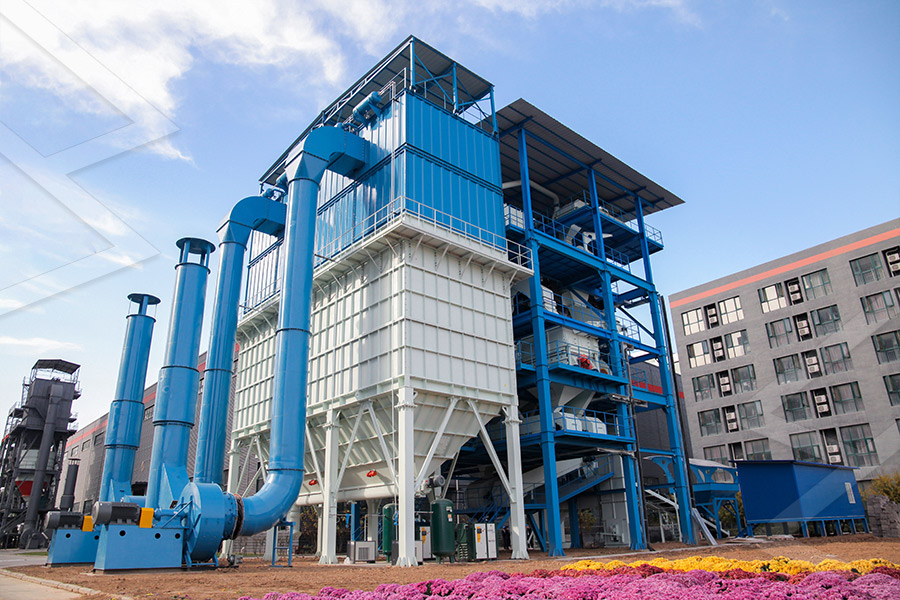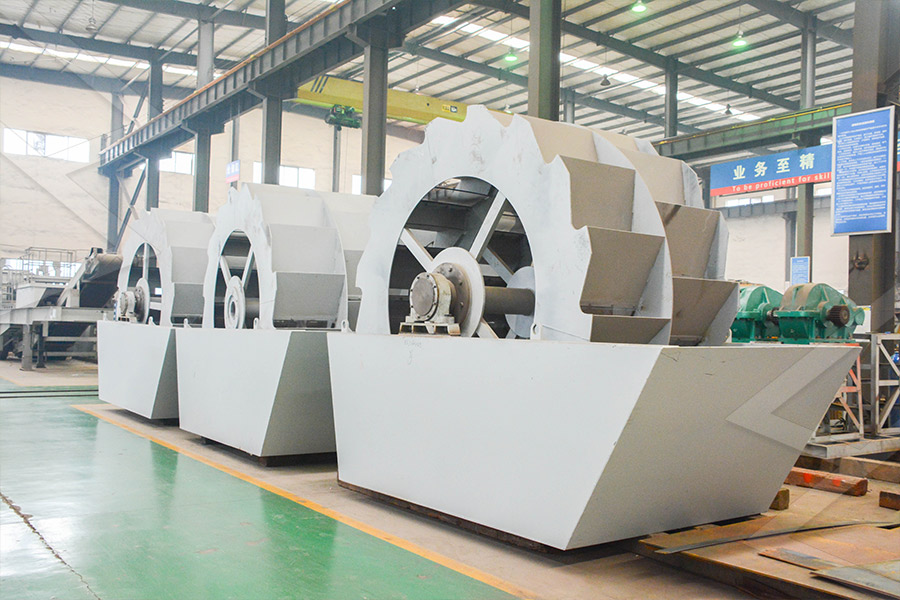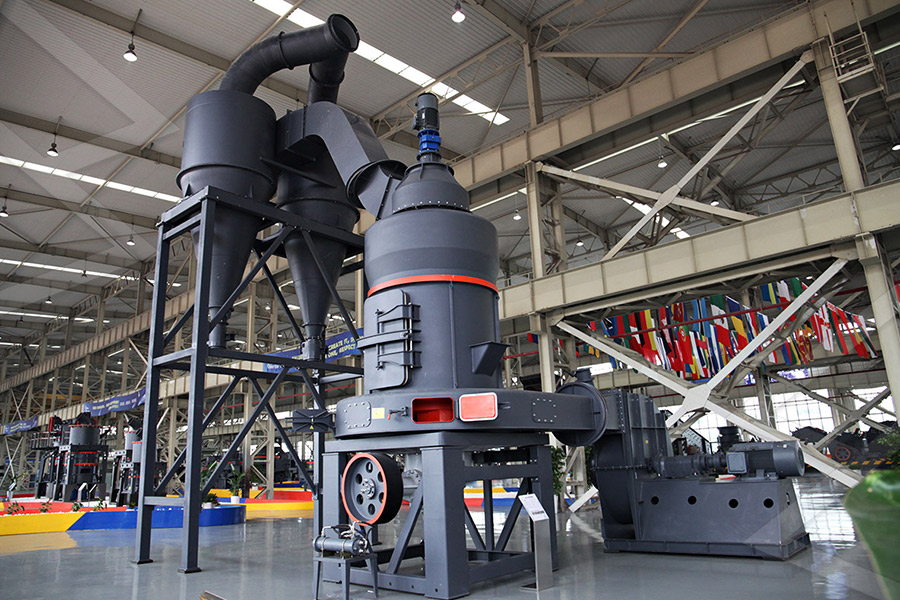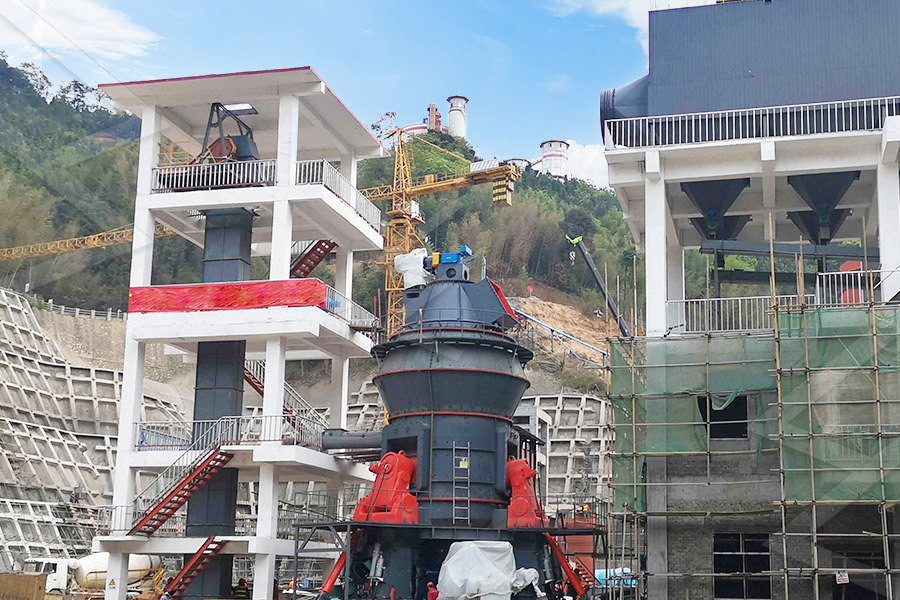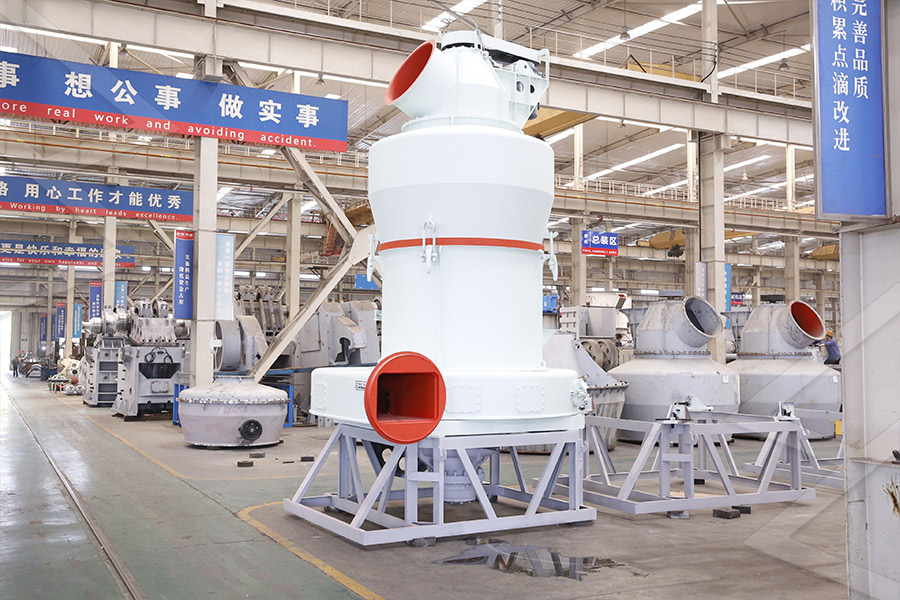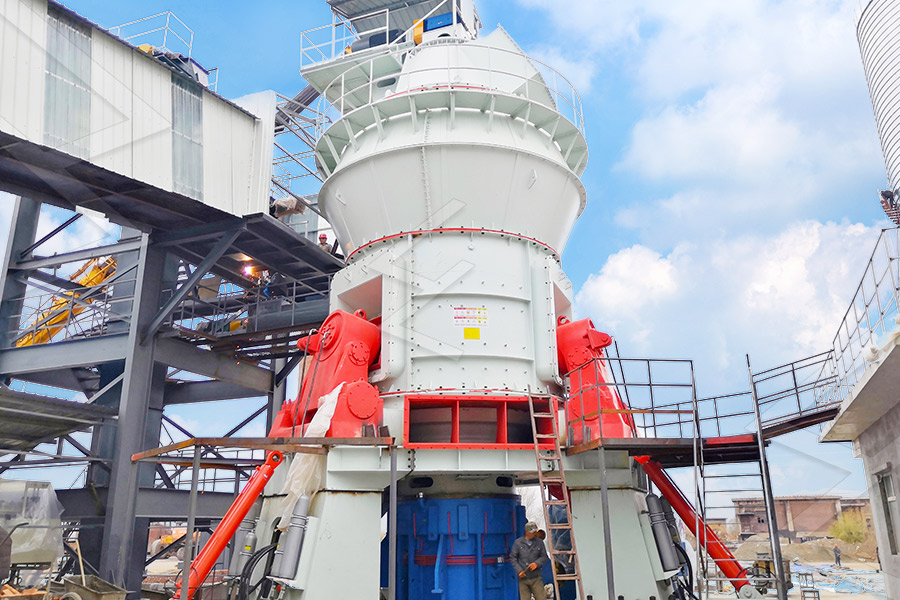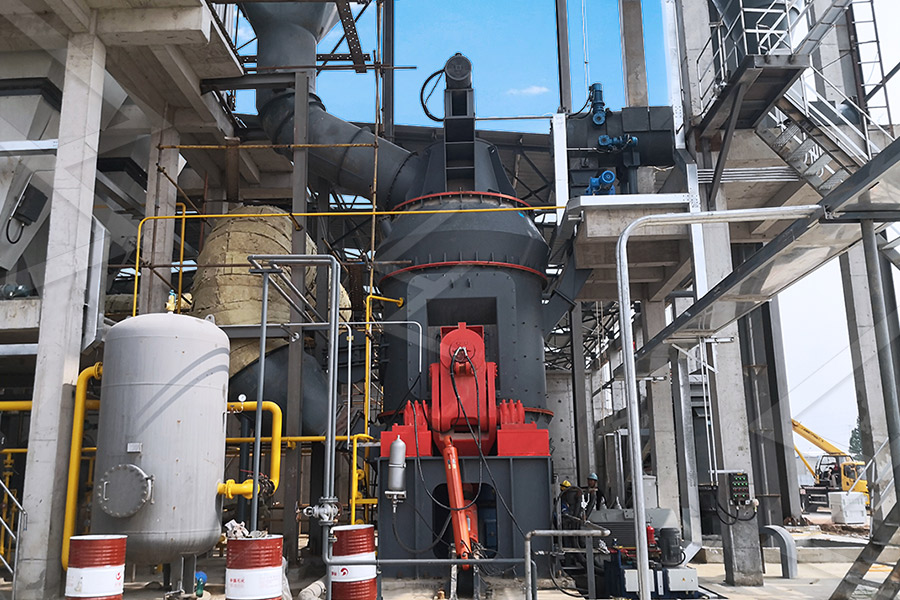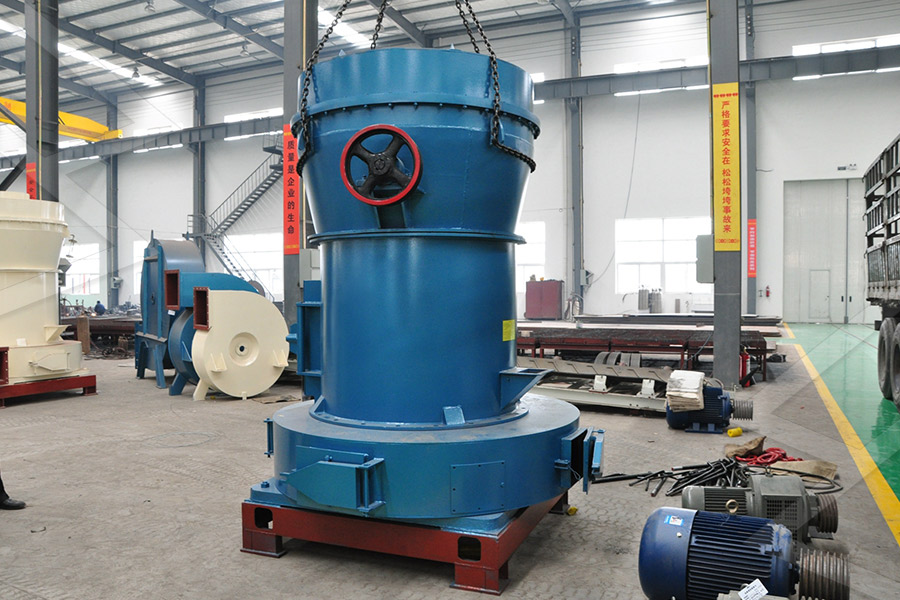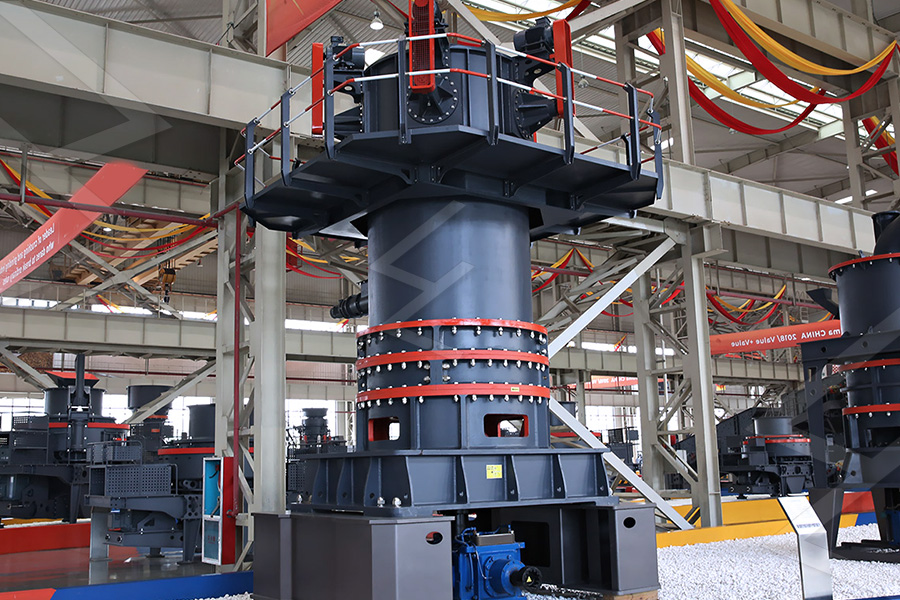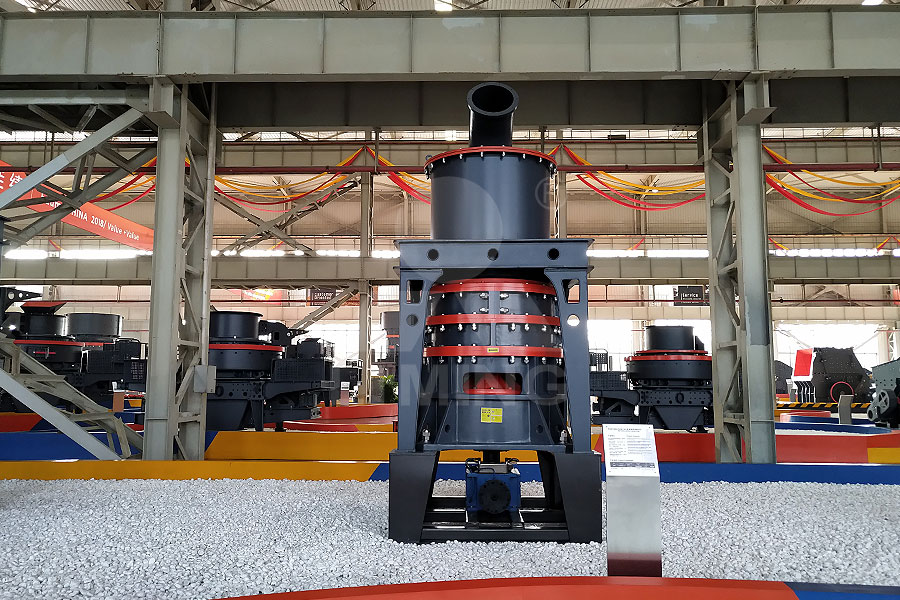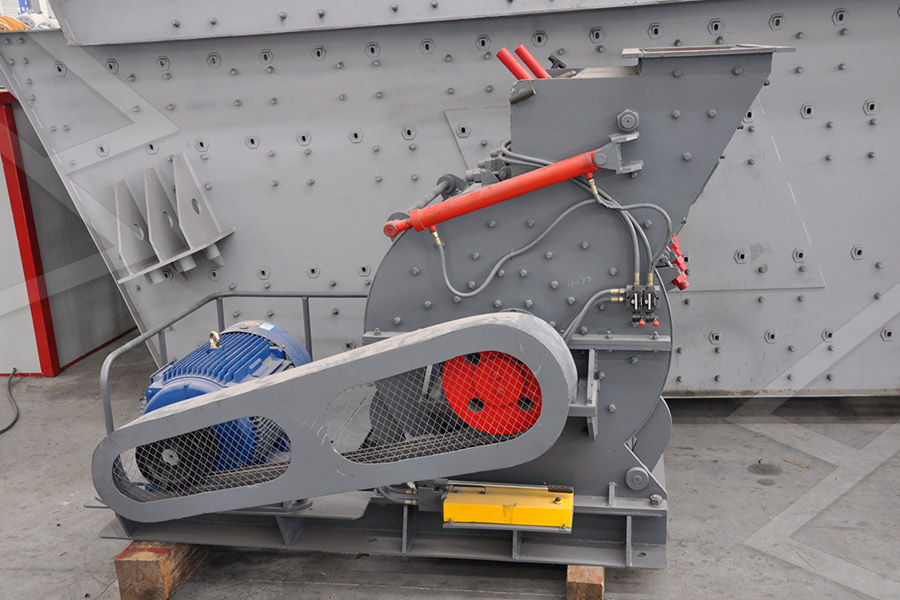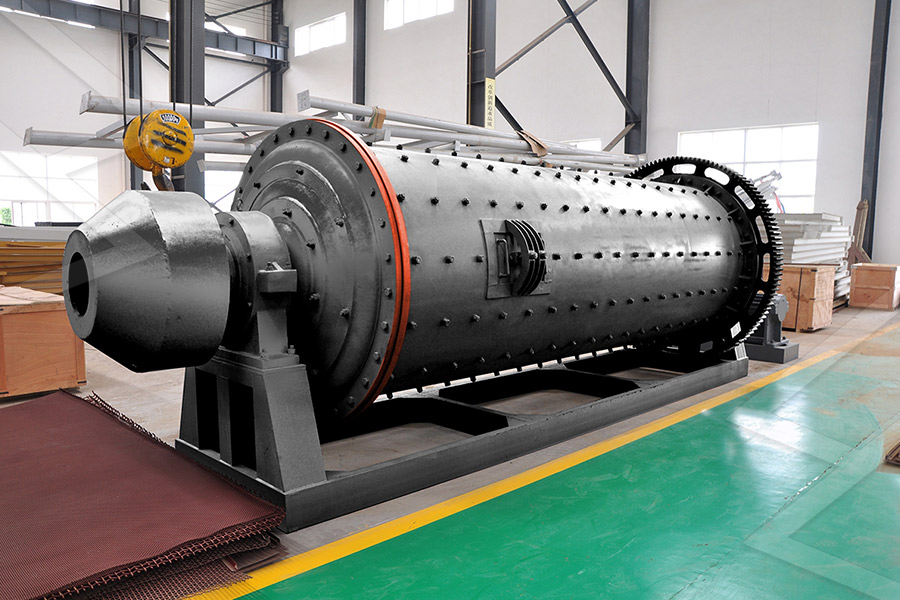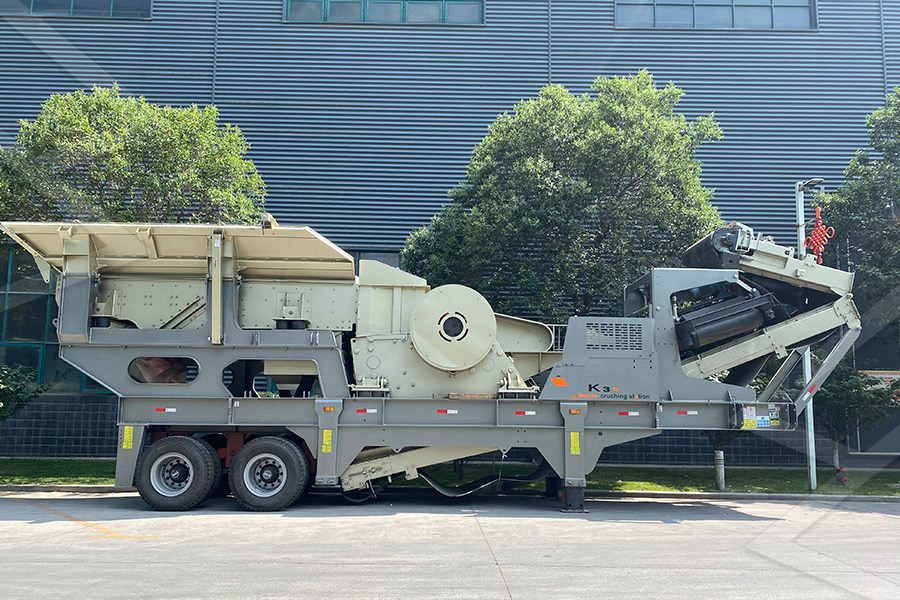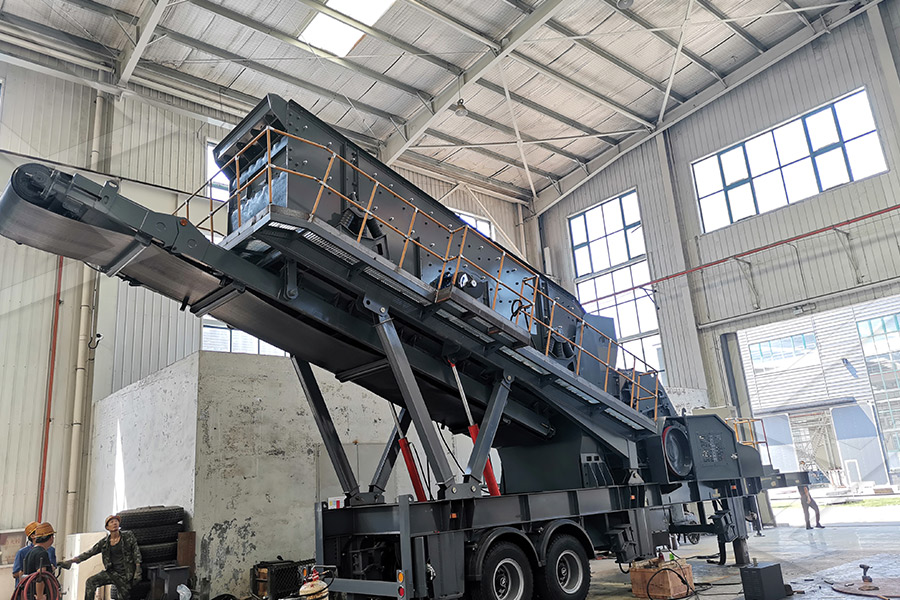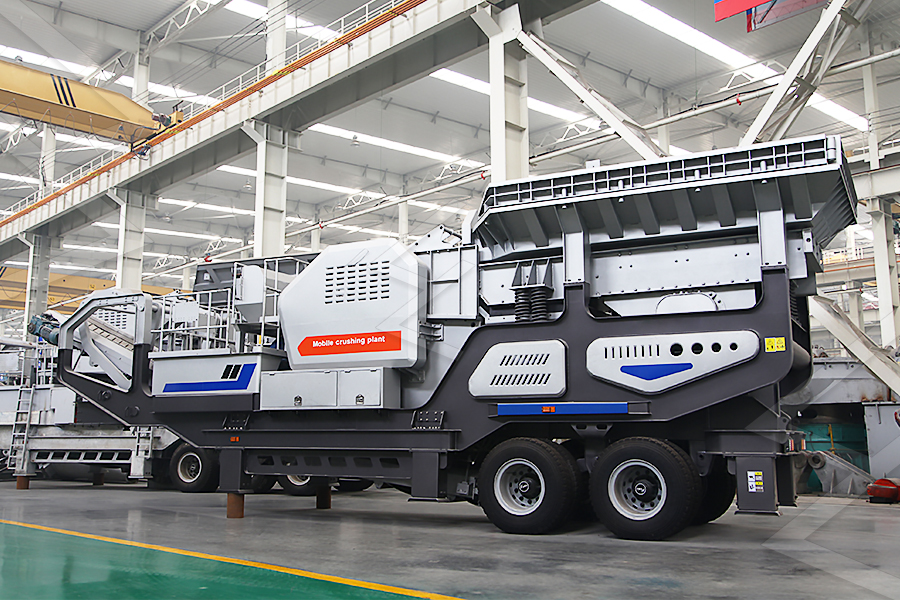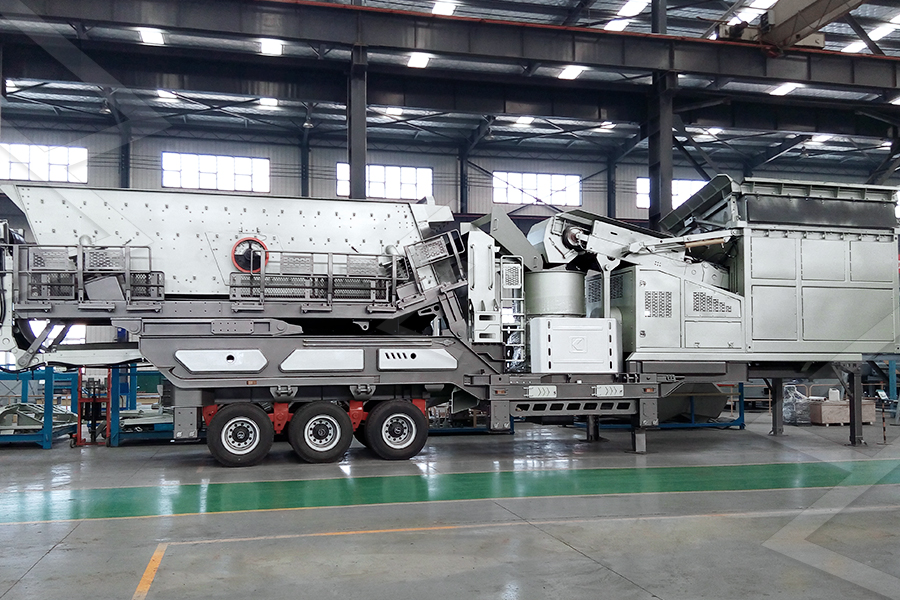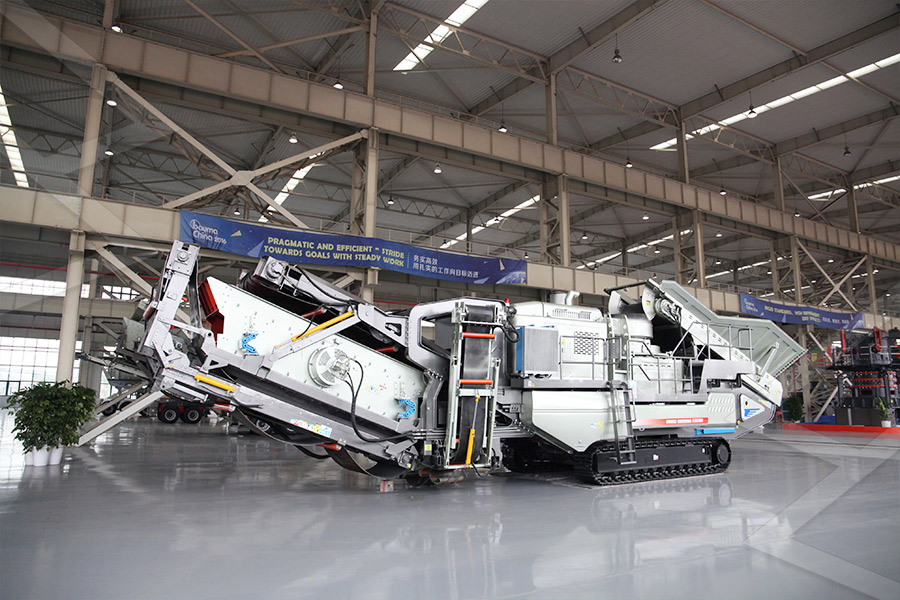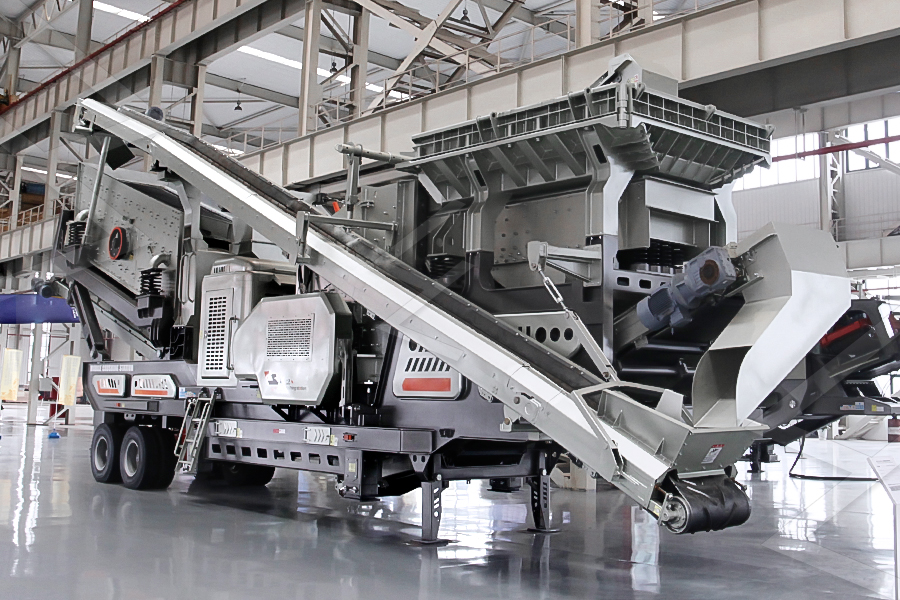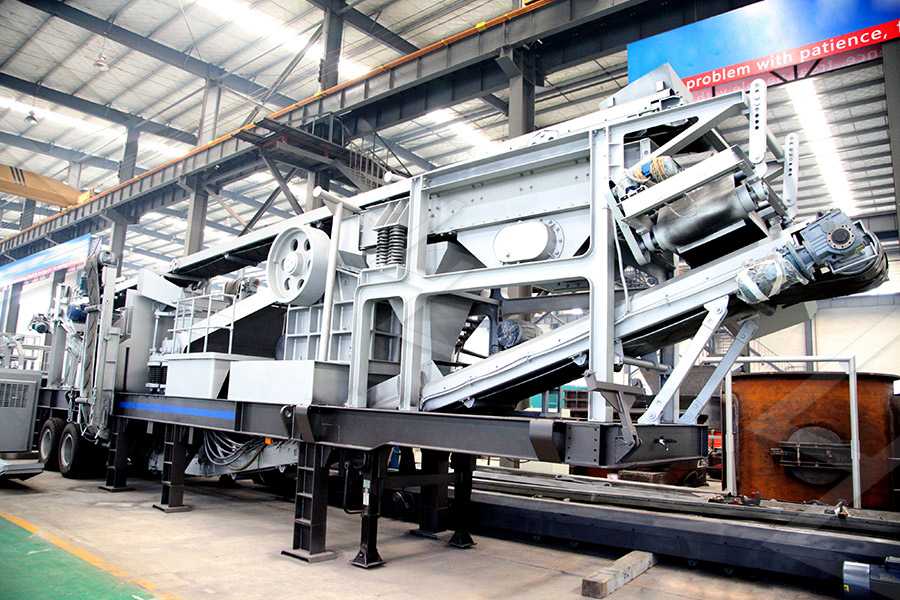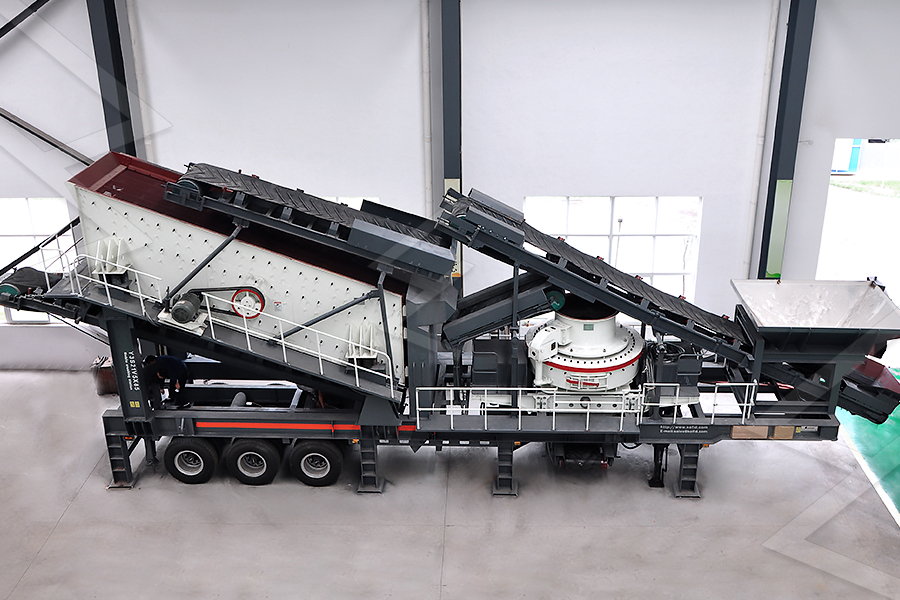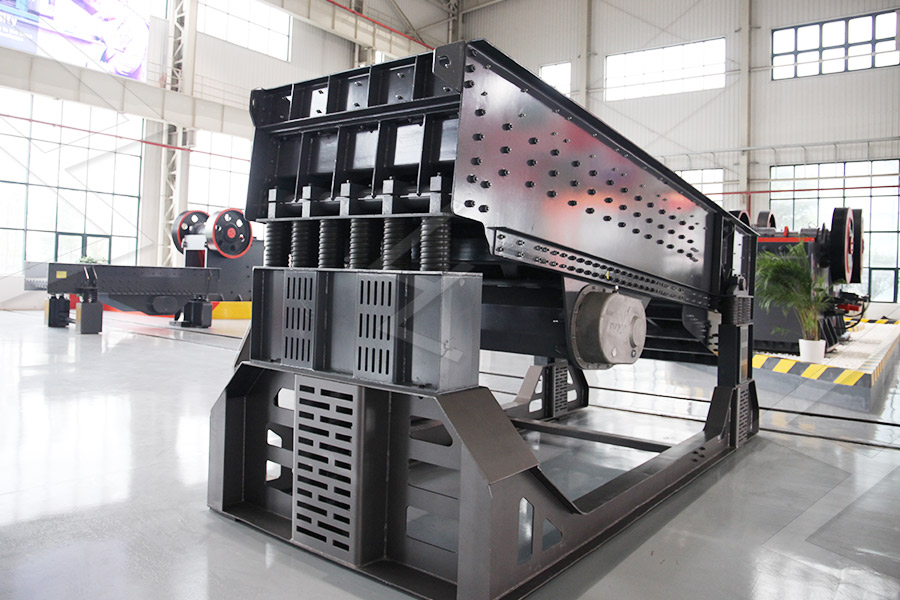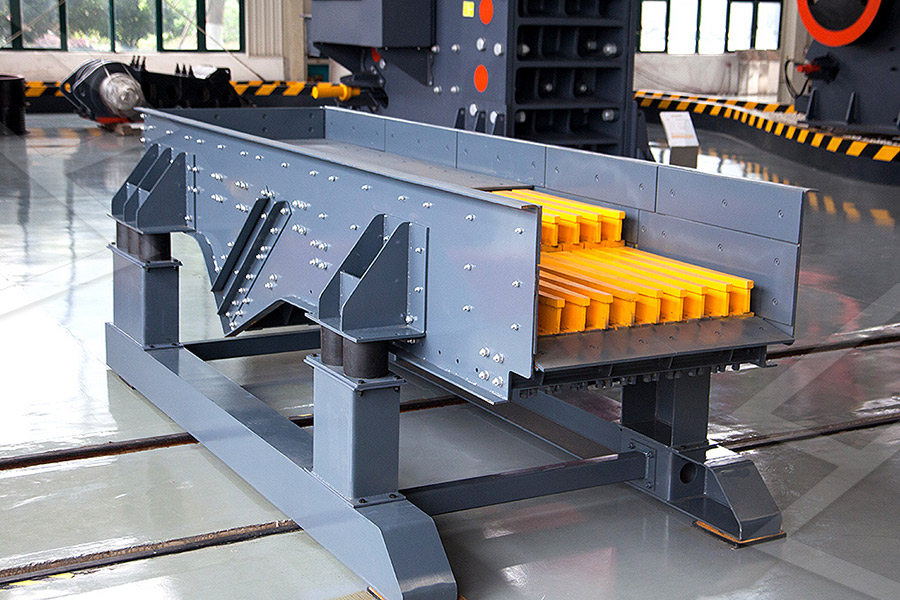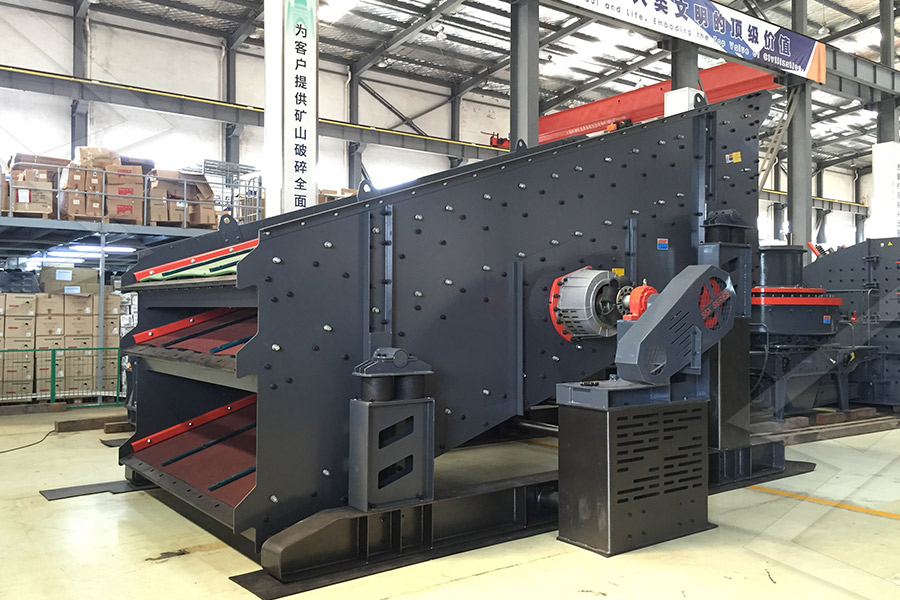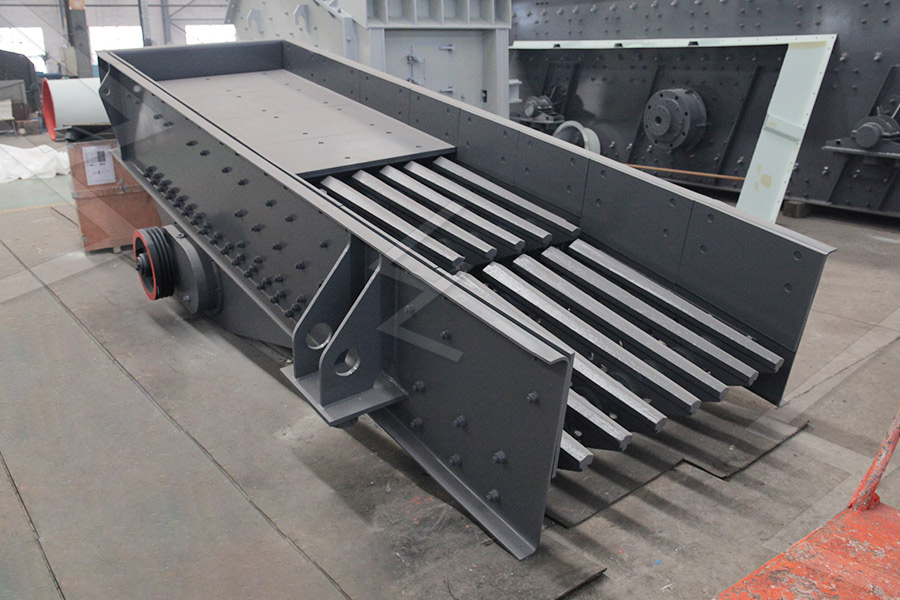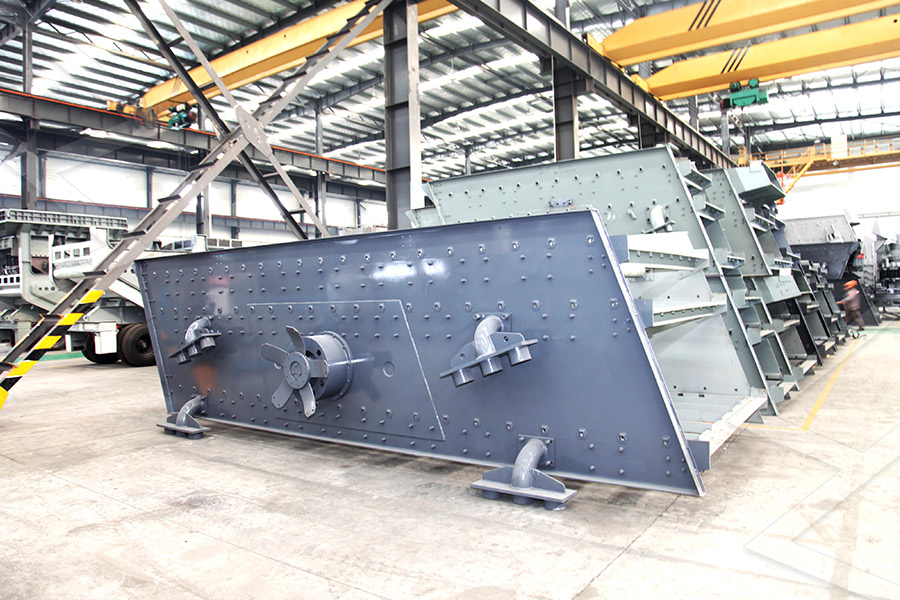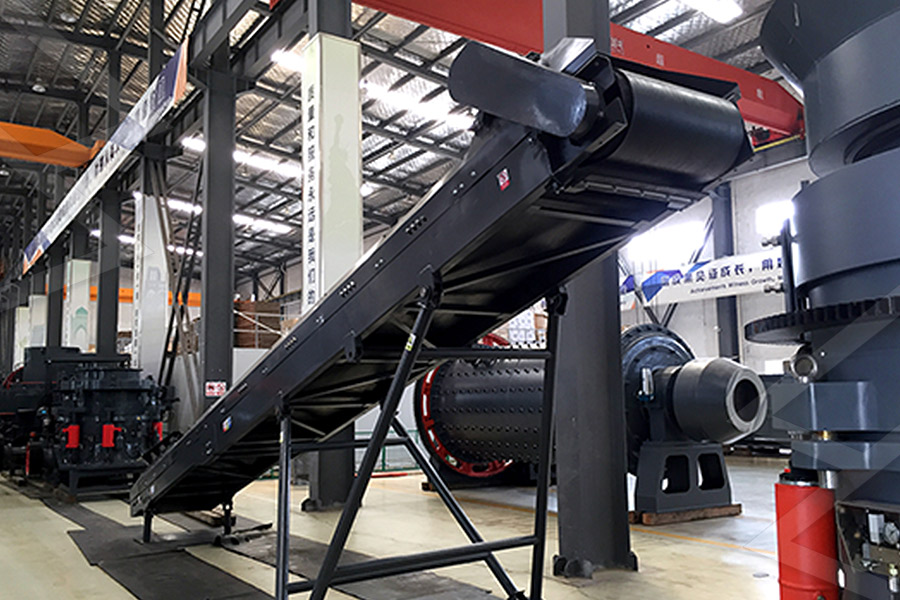Is Limonite Metallic Or Non Metallic
CFB石灰石脱硫剂制备64.jpg)
Limonite Geology 1501 ECU
2020年8月1日 Limonite Type: Mineral: Luster: Metallic / Nonmetallic Dull earthy: Hardness: 2 – 25 approx = Fingernail: Cleavage: None: Streak: Yellow Brown: Color: Yellow Brown to Dark Brown: East Carolina University Department of 2023年4月23日 Limonite can be distinguished from other iron oxides by its characteristic yellowbrown color and lack of metallic luster Limonite is primarily composed of hydrated iron oxides, typically goethite and lepidocrocite, along Limonite Properties, Occurrence and Uses » 2023年2月13日 A metallic mineral that is pale brassyellow in color, has 3 cleavage planes forming perfect cubes, produces a brownblack streak, has a hardness of 65 and a specific GEOS 1111L: Physical Geology Lab Digital Rock Mineral Kits1998年7月20日 Limonite, one of the major iron minerals, hydrated ferric oxide (FeO(OH)nH2O) It was originally considered one of a series of such oxides; later it was thought to be the amorphous equivalent of goethite and Limonite Iron Ore, Hydrated Iron Clay
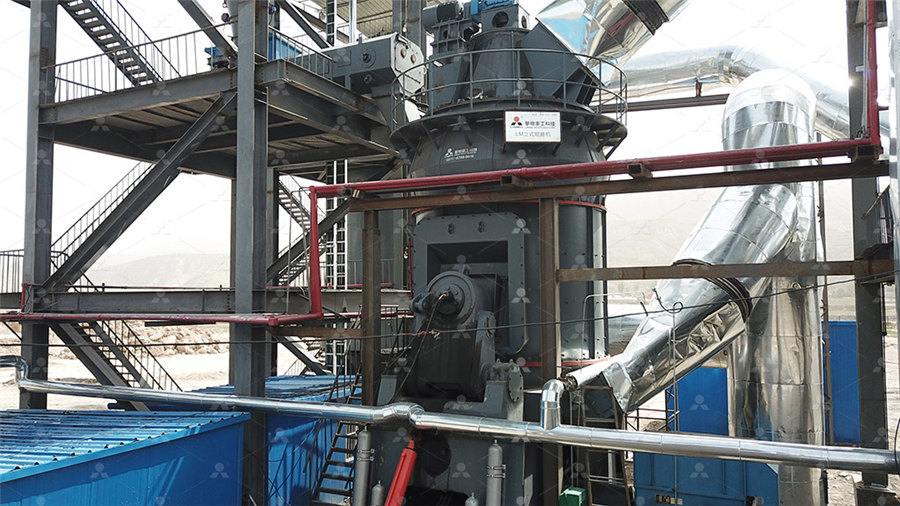
Solved is limonite metallic or non metallic Chegg
Here’s the best way to solve it Limonite is a common iron ore, which is composed Not the question you’re looking for? Post any question and get expert help quickly2010年7月22日 We will focus on 22 major rockforming minerals summarized in the table below The necessary information for identifying these minerals is presented in two oftenused 04Lab Mineral Identification University of WashingtonThis research revealed that the material called "limonite" does not meet the definition of a mineral Instead, limonite is a mineraloid composed mainly of hydrous iron oxides that are often found in intimate associations with iron Limonite: an iron oxide used as pigment and The crystal structure of nonsilicate minerals (see table) does not contain siliconoxygen tetrahedra Many nonsilicate minerals are economically important and provide metallic resources such as copper, lead, and iron They also include 34: NonSilicate Minerals Geosciences LibreTexts
.jpg)
Lab 3—Mineral identification – Laboratory
To identify each mineral sample, start by observing the mineral’s luster: metallic, nonmetallic with a lighter color, or nonmetallic with a darker color In the mineral descriptions, listed within parentheses are the rock types in which that mineral Currently used as a fieldterm for unidentified massive hydroxides and oxides of iron, with no visible crystals, and a yellowbrown streakLimonite: Mineral information, data and localities mindatLimonite was one of the earliest materials used as a pigment by humans, and can be seen in Neolithic cave paintings and pictographs [21] While the first iron ore was likely meteoric iron, and hematite was far easier to smelt, in Africa, where Limonite WikiwandMineralogists have special terms to describe luster One simple way to classify luster is based on whether the mineral is metallic or nonmetallic Minerals that are opaque and shiny, such as pyrite, have a metallic luster Minerals such as 23: Mineral Identification Geosciences LibreTexts
.jpg)
Minerals 13 Radford University
2014年1月17日 Limonite Pronounce: • Limonite, another iron oxide, has a composition of Fe 2 O 3 nH 2 O • Limonite is identified by its nonmetallic luster; dull earthy yellow to dark brown color; and its yellow to brown streak • Its hardness is 15 to 55 • Its specific gravity is 36 to 40 • Limonite is used in pigments and as an iron oreDescribe the nonmetallic type of luster these minerals may be described as resinous, translucent, pearly, waxy, greasy, silky, vitreous/glassy, dull, or earthy True or False: Luster may be subjective, and thus is not always a reliable identifier True Describe AdamantineMinerals: Luster Flashcards QuizletHematite occurs in a variety of forms, colors, lusters (from shiny metallic silver to earthy redbrown), and different physical appearances A hematite streak is consistently reddishbrown, no matter what the original specimen looks like Iron sulfide, or pyrite, is a brassy metallic yellow36: Identifying Minerals Geosciences LibreTextsMetallic NonMetallic Step 2 Determine the hardness of your mineral Using a glass plate, see if the mineral scratches it Be careful, make sure the glass is on a table, do not hold in your hand Firmly grasp your mineral and draw it over the glass Limonite iron ore Fe 2 O 3H 2 O: Yellow to brown in color Earthy masses H: Earthy masses S Mineral Identification Mineralogy4Kids
.jpg)
35: NonSilicate Minerals Geosciences LibreTexts
Figure \(\PageIndex{5}\): Limonite, hydrated oxide of iron After carbonates, the next most common nonsilicate minerals are the oxides, halides, and sulfides The nonmetallic and poorlyreactive mineral carbon is often found as a native element, such as graphite and diamonds Mildly reactive metals like silver, copper, platinum, mercury Other types of nonmetallic lusters are silky, pearly, and resinous (like amber or candied pineapple) Luster is a good diagnostic property because most minerals will always appear either metallic or nonmetallic, although, as the two hematite samples show, there are exceptions Practice with Luster35: Mineral Properties Geosciences LibreTextsIn an introductory course, luster is a described as a property of light reflection that separates metallic from nonmetallic minerals Determining luster can be difficult for a beginner A dark colored sample of weathered magnetite (metallic luster) might be mistaken for an earthy sample of hematite (nonmetallic luster), but these two will 25: Luster Geosciences LibreTexts2021年9月14日 Minerals can be classified on the basis of its physical and chemical properties, that is, its composition and use On the basis of composition, minerals are broadly classified into metallic and non metallic Metallic Minerals Metallic and NonMetallic Minerals PPT
.jpg)
341: Luster Geosciences LibreTexts
Besides hematite, limonite and other metal oxides and hydroxides are commonly earthy 336 Kaolinite from the Pyrenees 337 Hematite from New York This page titled 341: Luster is shared under a CC BYNCSA license and was authored, Nonmetallic luster, dark color Hardness: 4 (harder than fingernail) Glassy luster, cubic crystals Cleavage: 4 perfect directions, forming double pyramids Color: clear, pale green, blue, yellow, purple Quartz (rose)Minerals Flashcards QuizletNonmetallic minerals are used in various industries to manufacture different products; mica is used in electrical and electronics industry, limestone is highly used in cement industry These are also used in the production of fertilizers and manufacturing refractoriesDifference Between Metallic and Nonmetallic MineralsFigure \(\PageIndex{4}\): Limonite, a hydrated oxide of iron (By USGS; public domain via Wikimedia Commons) The nonmetallic and poorlyreactive mineral carbon is often found as a native element, such as graphite and diamonds Mildly reactive metals like silver, copper, platinum, mercury, and sulfur sometimes occur as native element 34: NonSilicate Minerals Geosciences LibreTexts
.jpg)
Minerals 12 Radford University
2014年1月17日 Minerals with nonmetallic luster can be divided into groups of minerals with earthy, waxy, vitreous (glassy), adamantine (diamondlike), resinous (like resin), pearly, silky, or dull luster These pictures show examples of different types of nonmetallic luster Limonite (upper left) has an earthy luster Amber (upper right), which is not a Figure \(\PageIndex{5}\): Limonite, hydrated oxide of iron After carbonates, the next most common nonsilicate minerals are the oxides, halides, and sulfides The nonmetallic and poorlyreactive mineral carbon is often found as a native element, such as graphite and diamonds Mildly reactive metals like silver, copper, platinum, mercury 45: NonSilicate Minerals Geosciences LibreTexts2024年6月25日 Metallic elements are typically excellent conductors of electricity and heat, malleable, ductile, and lustrous They exhibit high ionization energy and low electronegativity, making them prone to oxidation Nonmetallic elements, on the other hand, are poor conductors of electricity and heat, and lack malleability, ductility, and luster They have high electronegativity Metallic Vs NonMetallic: Understanding The Key Differences2022年8月25日 Finally, nonmetallic finishes can be more expensive than traditional metallic or pearlescent finishes So, if you’re on a budget, you might want to stick with a more traditional finish Overall, nonmetallic car paint is a unique and stylish trend that’s definitely worth considering if you’re looking for something differentMetallic Vs Non Metallic Car Paint – What Is the Difference?
.jpg)
GEOS 1111L: Physical Geology Lab Digital Rock Mineral Kits
2023年2月13日 A metallic mineral that is pale brassyellow in color, has 3 cleavage planes forming perfect cubes, produces a brownblack streak, has a hardness of 65 and a specific gravity of 50 Limonite Mineral Type: No Cleavage – A nonmetallic mineral that is yellow to dark brown in color, has poorly formed or absent cleavage planes (commonly is limonite metallic or non metallic Your solution’s ready to go! Enhanced with AI, our expert help has broken down your problem into an easytolearn solution you can count onSolved is limonite metallic or non metallic CheggThe limonite photo above (Figure 351) displays iridescence, sometimes described as being similar to the colors on top of an oil slick This play of colors commonly appears when metallic minerals such as bornite tarnish or, in this 3 Mineral Properties – Mineralogy OpenGeologyLuster is a key diagnostic feature of minerals that describes how they interact with light The two principal categories are metallic and nonmetallic, with nonmetallic having many sub varieties like vitreous, pearly, and adamantine A mineral's luster is controlled by factors like its composition, crystal structure, and surface irregularitieslimonite is limonite metallic or non metallic
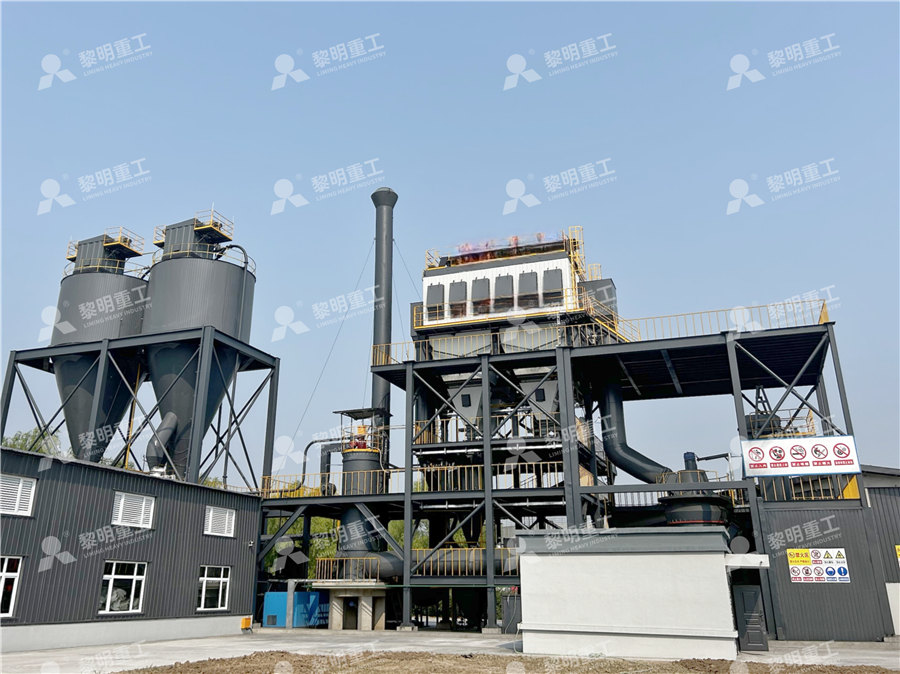
Understanding Luster Types in Rocks: A Guide to Metallic and Non
2024年8月19日 Explore the fascinating world of luster in geology with this insightful article Discover how metallic and nonmetallic luster types, such as pyrite and quartz, play a crucial role in identifying and classifying rocks and minerals From understanding elemental composition to evaluating mineral quality, learn how luster influences perceptions and enhances geological Metallic, dark shade, harder than penny but softer than glass, gray/silver, 3D cleavage at 90 degrees, black streak, very dense NonMetallic Hematite Nonmetallic, dark shade, wide ranging hardness No cleavage Reddish/brown streak Limonite Nonmetallic, dark or light shade, wideranging hardness No cleavage Yellowish/brown streakMineral Identification Flashcards Quizlet2020年8月13日 Comparison of the chemical and physical properties of metals and nonmetals Metals About 75% of elements on the periodic table are metalsBecause so many elements are metals, they are subdivided into smaller groups, including the alkali metals, alkaline earth metals, transition metals, posttransition or basic metals, lanthanides, and actinidesMost metals are Metals vs Nonmetals Science Notes and ProjectsNonmetallic Minerals Vs Metallic Minerals Minerals are broadly classified into metallic and nonmetallic minerals In this article, we will look and try to understand some of the major differences between metallic and nonmetallic mineralsNonmetallic Minerals Vs Metallic Minerals Definition,
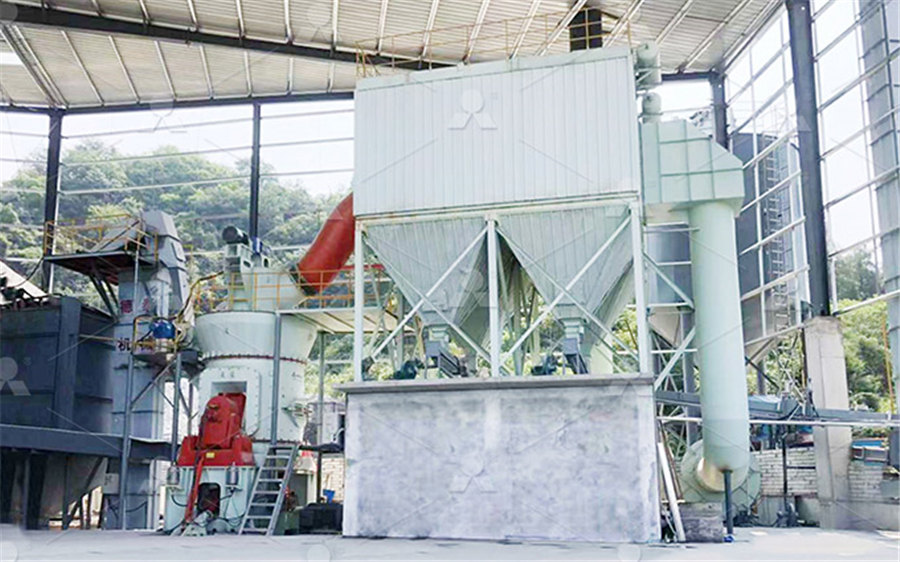
Types Of Minerals: UPSC Note on Types Of Minerals by
2024年11月21日 India has huge reserves of metallic and nonmetallic minerals Mining is an essential economic activity in India, and it contributes to around 25% of the Indian GDP In terms of the volume of mineral production, India ranks 4th in the world India produces around 90 minerals, including 10 metallic and 47 nonmetallic mineralsis limonite metallicwindshieldspecialist is limonite metallic or non For example the common mineral hematite occurs in a dull red a Is topaz metallic or nonmetallic Topaz is non metallic mineral It is a silicate mineral which are generally non metallic Metallics are usually sulfides or elements like pyrite bornite or gold is limonite metallic or non metallic monunivershamonLimonite was one of the earliest materials used as a pigment by humans, and can be seen in Neolithic cave paintings and pictographs [21] While the first iron ore was likely meteoric iron, and hematite was far easier to smelt, in Africa, where Limonite WikiwandMineralogists have special terms to describe luster One simple way to classify luster is based on whether the mineral is metallic or nonmetallic Minerals that are opaque and shiny, such as pyrite, have a metallic luster Minerals such as 23: Mineral Identification Geosciences LibreTexts
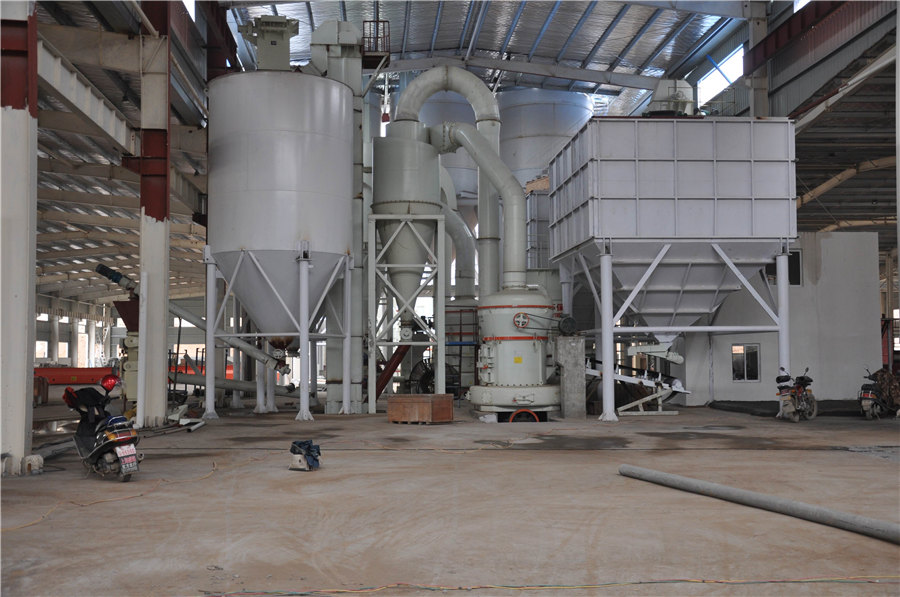
Minerals 13 Radford University
2014年1月17日 Limonite Pronounce: • Limonite, another iron oxide, has a composition of Fe 2 O 3 nH 2 O • Limonite is identified by its nonmetallic luster; dull earthy yellow to dark brown color; and its yellow to brown streak • Its hardness is 15 to 55 • Its specific gravity is 36 to 40 • Limonite is used in pigments and as an iron oreDescribe the nonmetallic type of luster these minerals may be described as resinous, translucent, pearly, waxy, greasy, silky, vitreous/glassy, dull, or earthy True or False: Luster may be subjective, and thus is not always a reliable identifier True Describe AdamantineMinerals: Luster Flashcards QuizletHematite occurs in a variety of forms, colors, lusters (from shiny metallic silver to earthy redbrown), and different physical appearances A hematite streak is consistently reddishbrown, no matter what the original specimen looks like Iron sulfide, or pyrite, is a brassy metallic yellow36: Identifying Minerals Geosciences LibreTextsMetallic NonMetallic Step 2 Determine the hardness of your mineral Using a glass plate, see if the mineral scratches it Be careful, make sure the glass is on a table, do not hold in your hand Firmly grasp your mineral and draw it over the glass Limonite iron ore Fe 2 O 3H 2 O: Yellow to brown in color Earthy masses H: Earthy masses S Mineral Identification Mineralogy4Kids

35: NonSilicate Minerals Geosciences LibreTexts
Figure \(\PageIndex{5}\): Limonite, hydrated oxide of iron After carbonates, the next most common nonsilicate minerals are the oxides, halides, and sulfides The nonmetallic and poorlyreactive mineral carbon is often found as a native element, such as graphite and diamonds Mildly reactive metals like silver, copper, platinum, mercury Other types of nonmetallic lusters are silky, pearly, and resinous (like amber or candied pineapple) Luster is a good diagnostic property because most minerals will always appear either metallic or nonmetallic, although, as the two hematite samples show, there are exceptions Practice with Luster35: Mineral Properties Geosciences LibreTexts



